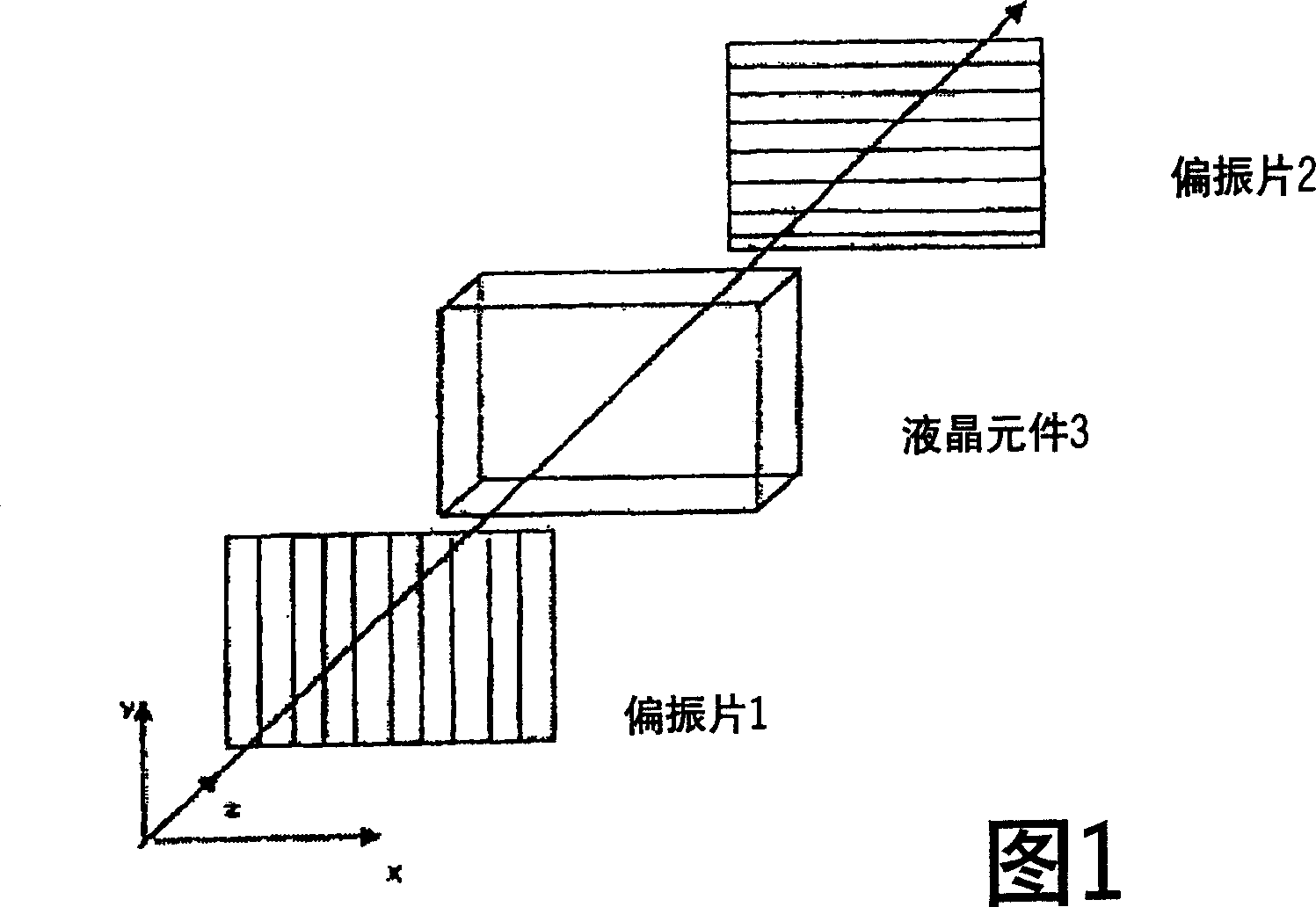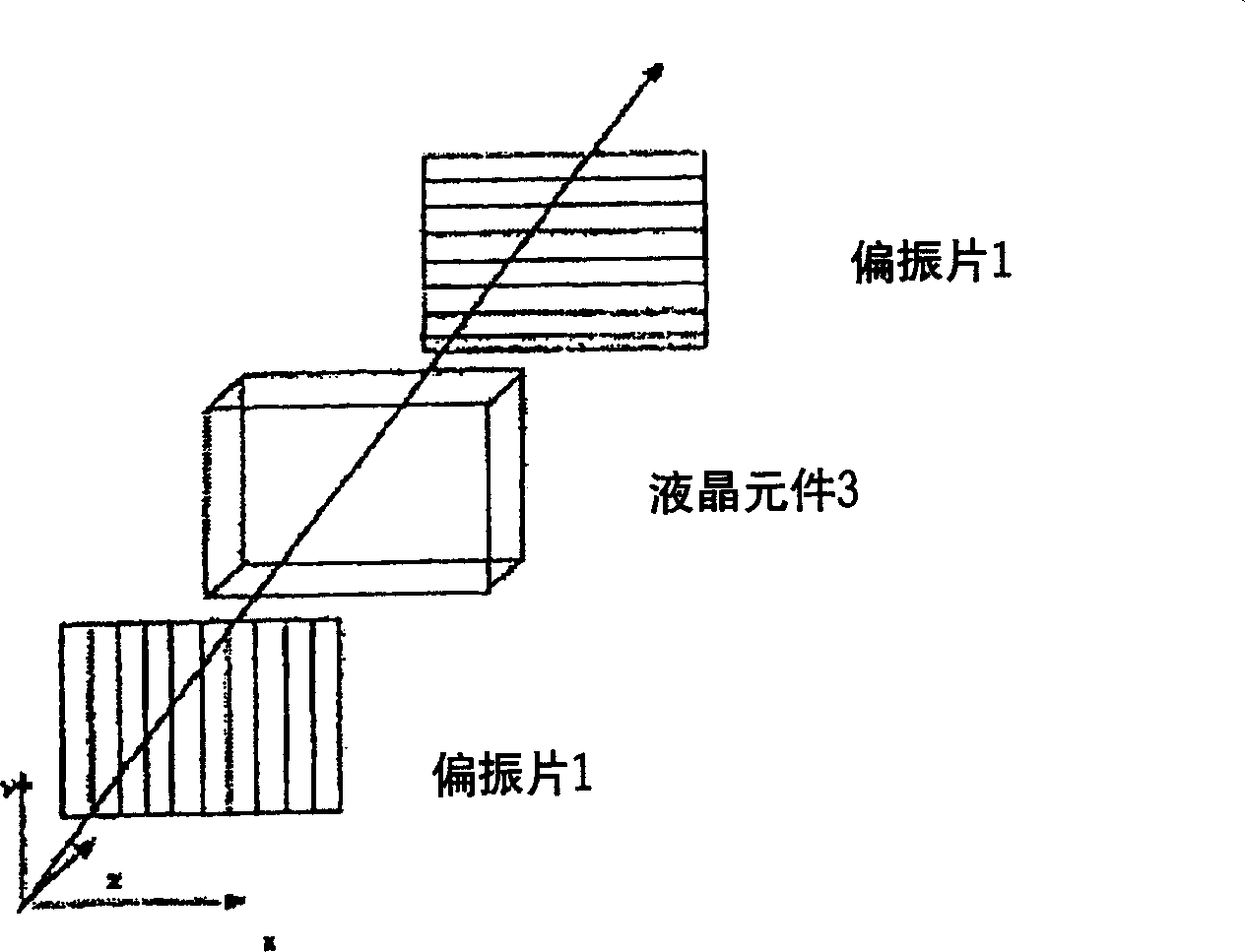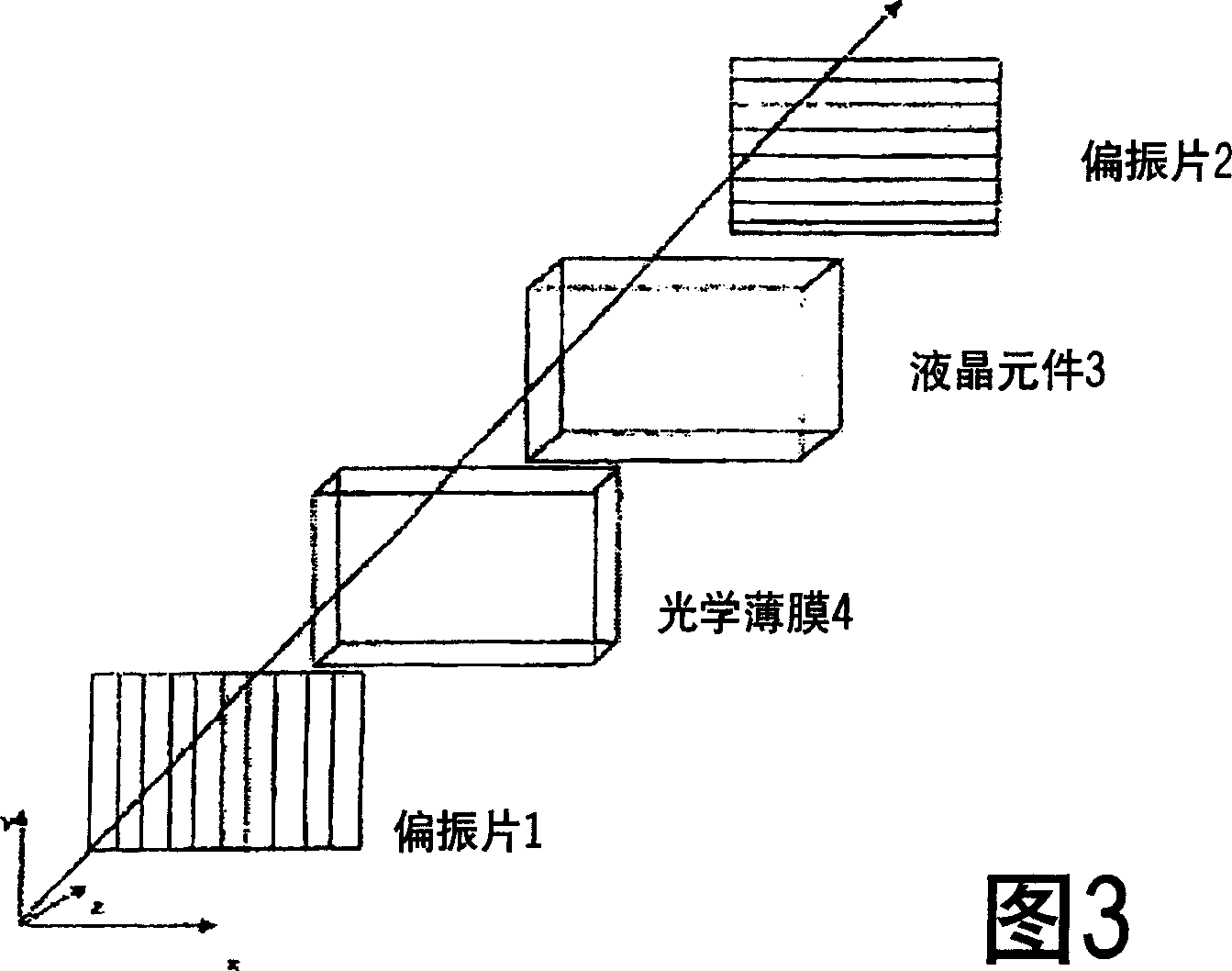Optical film, optical compensation film, polarization sheet and liquid crystal device using same
A liquid crystal display device, optical film technology, applied in optics, polarizing elements, optical elements, etc., can solve problems such as not taking into account
- Summary
- Abstract
- Description
- Claims
- Application Information
AI Technical Summary
Problems solved by technology
Method used
Image
Examples
preparation example Construction
[0548] As the production method of the optical film of the present invention, a known method of forming a film can be employed. The raw material may be heated and the molten product formed into a film; or the raw material may be dissolved in a solvent and the solution formed into a film.
[0549] [Method for forming thin film from molten product]
[0550] The optical film of the present invention can be produced by a method of forming a film from a molten product. Raw materials including base polymers and additives may be heated and melted, and the melted product may be formed into a film by extrusion molding. Alternatively, the material can be sandwiched between two plates and subjected to extrusion to form a film.
[0551]There is no particular limitation on the heat-melting temperature as long as the raw polycarbonate copolymer or mixture can be melted uniformly at that temperature. Specifically, the raw material is heated to or above its melting or softening point. In ...
Embodiment 1
[0609] An aqueous solution of sodium hydroxide and ion-exchanged water was charged into a reactor equipped with a stirrer, a thermometer and a reflux condenser, and the monomers (E) and (F ) is dissolved therein, and then a small amount of bisulfite is added thereto. Then, dichloromethane was added, and 20° C. phosgene was blown thereinto for about 60 minutes. Thereto was further added p-tert-butylphenol for emulsification, then triethylamine was added and the mixture was stirred at 30° C. for about 3 hours to complete the reaction. After the reaction was completed, the organic phase was separated, and methylene chloride was distilled off, thereby obtaining a polycarbonate copolymer. The proportions of the components of the final copolymer are almost the same as the proportions of the charged monomers.
[0610] 3 parts of the following discotic compounds were dissolved in methylene chloride per 100 parts by weight of the copolymer to prepare a coating liquid solution contain...
Embodiment 2
[0617] The same coating liquid solution as used in Example 1 was used. This coating liquid solution was continuously cast onto a stainless steel belt through a die, and then peeled off from the belt when the residual solvent amount was 20% by weight, and then dried in a drying zone at 200° C. between roller sets with different rotation speeds. , free uniaxial stretching was carried out in the longitudinal direction at a stretching ratio of 1.4 times the initial stretching ratio. In addition, the stretched film was passed through a drying zone to reduce the amount of residual solvent to 1% by weight or less, thereby obtaining an optical film having properties shown in Table 1.
PUM
| Property | Measurement | Unit |
|---|---|---|
| composition ratio | aaaaa | aaaaa |
| wavelength | aaaaa | aaaaa |
| hazing | aaaaa | aaaaa |
Abstract
Description
Claims
Application Information
 Login to View More
Login to View More - R&D
- Intellectual Property
- Life Sciences
- Materials
- Tech Scout
- Unparalleled Data Quality
- Higher Quality Content
- 60% Fewer Hallucinations
Browse by: Latest US Patents, China's latest patents, Technical Efficacy Thesaurus, Application Domain, Technology Topic, Popular Technical Reports.
© 2025 PatSnap. All rights reserved.Legal|Privacy policy|Modern Slavery Act Transparency Statement|Sitemap|About US| Contact US: help@patsnap.com



